A Guide To Glove Safety: EN 3881 Comment6 December 2022 If you use safety gloves at home or at work, chances are you've heard about EN 388 at some point. As the European regulation governing the manufacture of safety gloves that protect against mechanical hazards, these numbered markings appear on almost all reusable gloves. So, what exactly is EN 388, how does it work, and why does it matter to you? We're hear with all the answers. We've put together this quick and easy guide to breakdown and explain EN 388, and to showcase a few of our favourite safety gloves along the way. What Does Our Guide Cover?
What Is EN 388?
Back to Basics: What Does EN 388 MEan?As previously mentioned, EN 388 is the certification awarded to a pair of work gloves when a specific set of mechanical hazard tests have been undertaken and passed. It ranks a gloves performance based on its success in these five different tests, giving the gloves a final score that allow the end user to be able to purchase the correct pair of gloves for their chosen risk. We've listed each of the six different hazard tests below. How Do I Read EN 388 Markings?If you're wondering what those strange numbers on your gloves mean, you're not alone. These number show the score that your gloves have been given for each of the hazards tested. You can identify an EN 388 rated glove by viewing the below symbol on the back of the gloves, in the packaging or in the conformity statement.
To make things clearer on our website, we tabulate this information so that you can find specifically which threats your gloves protect against. See below for a translation of the above example to our style of explanation.
ALL About AbrasionThe abrasion resistance test involves placing a glove underneath a moving blade and testing how much wear and tear it can tolerate. It will achieve a level of between 0 and 4 depending on how many cycles it took for the glove to become damaged. Individual scores can be viewed below:
In Layman's TermsThe more abrasion a glove can take, the more hardwearing a glove will be. High abrasion resistant gloves are great for handling coarse materials without having your gloves fall apart. Where to BuyWho's Using Them?Our Favourite Abrasion Resistant GlovesTake a look below to see some of our best selling abrasion-resistant safety gloves.
All About Cut ResistanceThis 2003 version of the EN 388 cut-resistance test involves a circular blade being lowered on a piece of the gloves fabric. Downward pressure of five newtons is exerted onto the garment until the blade cuts through the fabric, stopping the test and triggering an electrical sensor underneath the fabric. The table below indicates how many cuts can be tolerated before the sensor is triggered and the test ends.
In Layman's TermsCut resistant gloves are good for people working with knives and blades, as well as those handling sharp edges. The higher the level of cut resistance, the more protection your hands are given against cuts and lacerations. Where to BuyWho'S Using Them?
Our Favourite Cut-Resistant GlovesWe've put together a short list of of cut-resistant gloves that are tried and tested by our customers. If you haven't found a pair that work for you, don't worry. Click the button below them to see our complete range.
All About Tear ResistanceTear-resistance is gauged by clamping a glove in between two separate vices which are gradually moved apart. These jaws are moved apart at a constant speed and the amount of force required to tear or rip the garments fibres is measured, awarding it one of four different level ratings.
In Layman's TermsSimilarly to Abrasion Resistance, Tear Resistance is great for gauging the longevity of a pair of work gloves. Pairs with a higher tear resistance, are less likely to be snagged or ripped during use, saving you from having to replace your gloves. Where to BuyWHO'S USING THEM?Our Favourite Tear-Resistant Safety GlovesIf you're in the market for gloves that are built to last, look no further. Built with robust and resilient fibres that won't split, tear, pull apart or rip, we've got you covered below.
All About Puncture ResistanceA gloves puncture resistance is gauged by applying a standard rounded stylus to the gloves palm fabric. The stylus is pushed 50mm into the glove at a constant speed of 100mm per minute using a specially formulated "compression-test machine". Maximum resistance force before breakage is then recorded, determining one of four different levels that are shown below.
In Layman's TermsPuncture resistant gloves are less likely to get snagged or to get holes in them. Higher levels of puncture resistance do not protect against very sharp punctures, such as those from needles, for example. Where to BuyWho's Using Them?Our Favourite Puncture Resistant Safety GlovesIf you're working with sharp edges and blades, you need to guard against punctures. See a few of our favourites below. If you can see what you're after, simply click the button below these products to see our full range.
All About ISO Cut ResistanceThe second cut-resistance test is a little different to the first. Reformulated in 2016, this second test was introduced to address the problem of "blade dulling" which meant the circular blade used in the first test began to smoothen out, making it too easy to achieve a high resistance rating. This 2016 version of the test (labelled ISO Cut Resistance" in our tables) uses a single, straight-blade that is repeatedly "drawn across" the glove until cut-through takes place. This new tests removes the issue with blade "blunting" that the original 2003 version had.
In Layman's TermsISO Cut is a new way of measuring cuts that is more similar to the threats you could face at work. Whereas the old cut resistance ratings went from 1 to 5, there are 6 levels of the new ISO Cut rating. Level C is roughly equivalent to an old Level 5, and the levels above this offer an easier way to find extremely cut-resistant gloves. Where to BuyWho's Using Them?Our Favourite ISO Cut-Resistance Safety GlovesISO Cut Resistance is the newer of the two cut resistant tests. It provides a better, more comprehensive rating overall. If you're looking for cut-resistant gloves, the ISO rating is the rating to look for, with Level D,E, and F being the most resistant of the available ratings.
All About ImpactImpact resistance is a little difference. The glove will either achieve a Level P (standing for "Pass") or it won't be present, meaning that most gloves won't show the results for impact resistance. In Layman's TermsImpact resistant gloves are great if you are forever banging the back of your hands while working. They feature shock-absorbing pads that reduce the impact that is passed onto your hand. Where to BuyWho's Using Them?Our Favourite Impact-Resistant Safety GlovesImpact is the rarest of the ratings and is reserved for gloves typically used in demolition and niche construction environments. See below for a select of our best sellers, or alternatively click the button underneath to view our complete range of impact-resistant safety gloves.
Your Questions Answered: EN 388Below you can see our answers to some of the most common questions we get about EN 388: What Is the Difference Between the Two Cut Tests?The main difference is that the circular blade test is performed with a rotating blade and the ISO cut test uses a straight, non-rotating blade that is placed downward onto the glove. The straight blade is the newer and stricter standard because the blade used in the older test would get blunted during the test. You can view Our Top Cut 5 Gloves here. Will a GLove Be Tested for Everything?A glove will usually be tested for at least abrasion, puncture, tear and one of the cut resistances. Newer gloves are often not tested using the old circular cut test, and older gloves haven't always been retested to the newer straight cut test. Furthermore, only a minority of gloves have been tested to the impact resistant tests. What If a Glove Fails a Test?If a glove fails a test it will achieve a Level 0. Can Disposable Gloves Be Tested to EN 388?Very few, if any, of our Single Use Gloves are tested to EN 388, simply because they would fail every single test. If you want to understand the qualities of a disposable glove, then looking into EN 455 and EN 374 might be the best bet. Are All Reusable Gloves Tested to EN 388?Not all of our Reusable Gloves will be tested to EN 388. For example, some of our Gardening, Rigger, Cotton and some low risk Handling Gloves might not have been tested to this standard. This doesn't mean that they are useless, rather that they are better suited to low risk work. Other Standards ExplainedTo view similar in depth guides on a range of other protective standards, click any of the links below:
Where Can I Buy EN 388 Gloves?You can purchase EN 388 gloves across our website. We would recommend looking at the Abrasion Resistant, Cut Resistant, Puncture Resistant and Tear Resistant gloves categories for the top gloves in each area. Have any questions, or anything to add? Tell us in the comments below, or find us on Facebook and Twitter! | |||||||||||||||||||||||||||||||||||||||||||||||||||||||||||||||||||||||||||||||||||||||||||||||||||||||||||||||||||||||||||||||||||||||||||||||||||||||||||||||||||||||||||||||||||||||||||||||||||||||||||||||||||



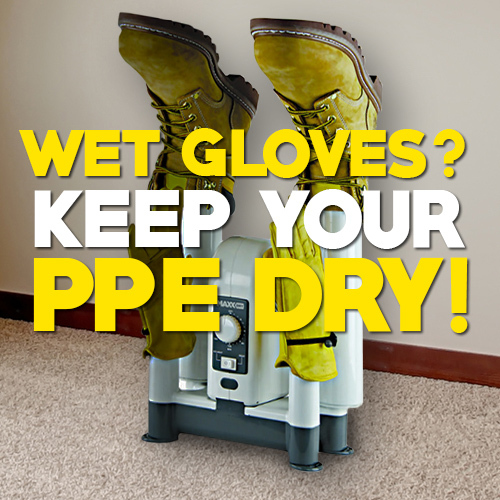


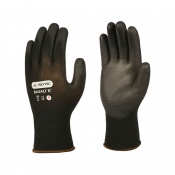



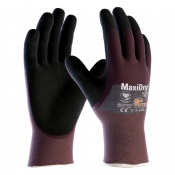
.jpg)




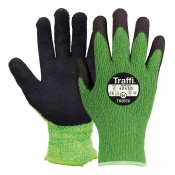
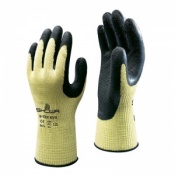

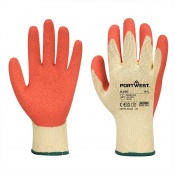


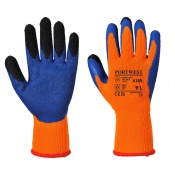
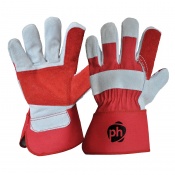


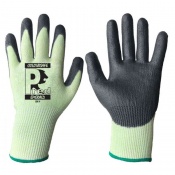


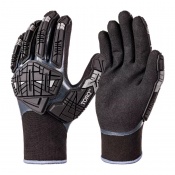

.jpg)



